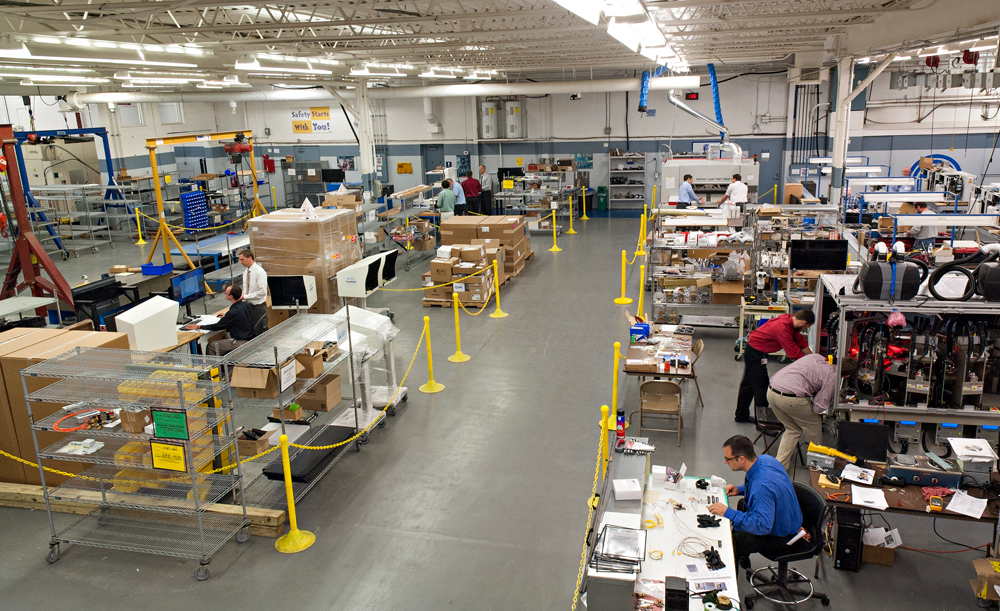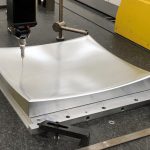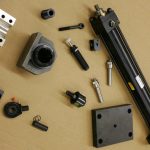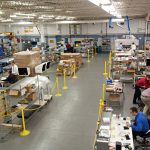Reverse engineering projects can be rare due to their sensitive nature. Nevertheless, there are occasions where it is perfectly appropriate to do so on a machine. PEKO engineers are suited to reverse engineer machinery products that are fully owned by the OEM. Our engineering team is adept at understanding the functionality and manufacture of machines and equipment. Our engineers have the skills, equipment, and know-how to properly reverse engineer a machine.
What is Reverse Engineering?
Simply put, reverse engineering is the deconstructing of a machine to replicate the build techniques, components, and functionality that is performed on products where the original documentation is lost or inadequate. This is seen often when an equipment product is very old, from a foreign country, or even an M&A situation.
Reverse Engineering Steps
The steps of reverse engineering machine are as follows:
- Make sure you have all the tools ready. Not only will you need tools for disassembly, but you’ll need inspection tools and an engineer to scribe. A digital camera is also recommended for documenting the process.
- Create or continue the BOM that was initially started to include ALL components of the machine.
- Take numerous photographs of the fully assembled unit, for reference.
- Disassemble the current unit and document the process as necessary for reference.
- Establish a numbering scheme and configuration method. PEKO has developed a variety of part numbering schemes for customers that did not already have an established method. If the customer has a part numbering methodology, PEKO will implement this method.
- Identify all purchased components and verify with the customer (controls and mechanical).
- Measure and inspect individual components for missing dimensions and to verify critical features.
- Create 3D solid models for components and weldments.
- Build sub-assemblies in 3D solid models with proper configurations and constraints. A key aspect of this step is a tolerance analysis of the components that make up the assembly, to verify functional performance requirements will be met.
- Complete detailed component drawings with proper GD&T, annotation, and notes.
- Complete assembly drawings with balloons and parts lists and any assembly dimensional requirements, annotations, and notes.
- Develop complete schematics package in 2D AutoCAD.
- Complete electrical/controls layout drawings with balloons and parts lists.
- Create cable drawings for each cable/wire assembly.
- Throughout each of the steps of the reverse engineering process, PEKO will leverage customer expertise on the machinery design, features, functional performance, components, and critical parameters. This information is a critical aspect of the reverse engineering process.
Reverse engineering is a delicate and timely process. The goal of the process is to enable the customer to effectively understand the function and manufacture of their equipment. Come to PEKO with your latest project we can help you complete all reverse engineering tasks to fulfill your needs.







